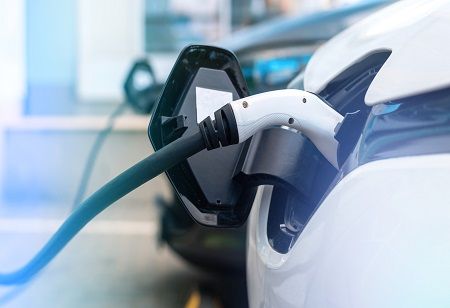
An analysis conducted by Care Edge Ratings reveals a notable shift in consumer demand within the automotive industry, indicating a progressive move away from vehicles powered by traditional fuels towards those utilizing alternative fuels. According to the analysis, the proportion of petrol vehicle sales, relative to total vehicle sales, has witnessed a substantial decline, dropping from 86 percent in 2020 to 76 percent in 2023. Similarly, the share of diesel vehicle sales has seen a slight decrease from 12 percent in 2020 to 11 percent in 2023.
In contrast, the sales volume of vehicles powered by alternative fuels has experienced remarkable growth, surpassing 400% in Calendar Year 2023 compared to 2020, albeit from a smaller base. Electric vehicles (EVs) are particularly gaining traction, boasting the lowest lifetime cost among alternative fuel options, followed closely by Compressed Natural Gas (CNG). This surge in demand for EVs is attributed to various factors, including government incentives, declining battery costs, and escalating fuel expenses, particularly for petrol and diesel. India has set ambitious targets, aiming for 30 percent of all vehicle sales to be electric by 2030.
To foster the expansion of charging infrastructure, the Indian government has introduced several initiatives aimed at incentivizing the development of alternative fuel infrastructure, such as subsidies and grants. Despite the higher upfront cost associated with EVs, their lower fuel and maintenance expenses, combined with government incentives, render them more cost-competitive in the long run, particularly for drivers covering extensive mileage.
The recent announcement of an augmented allocation of funds for the Faster Adoption and Manufacture of Hybrid and Electric Vehicles (FAME-II) scheme by Rs 1,500 crore is viewed as a positive step towards stimulating EV adoption in India. This increased allocation, coupled with the strategic focus of FAME-II, is anticipated to accelerate EV adoption in the country by March 2024, prompting potential buyers to capitalize on the incentives before they expire.
We use cookies to ensure you get the best experience on our website. Read more...